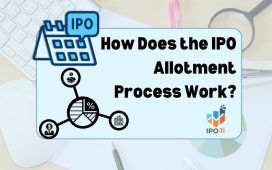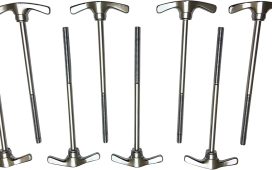There are many ways to use ETFs. However, for beginners, some methods are just too complex to learn. There are easier and more LBLV Online Trading straightforward methods. Check them out below!
ETF Index Investing
The most obvious usage of ETFs is a investing in broad market indexes. For equities, ETFs that follow the Standard and Poor’s 500, the NASDAQ 100, the Dow Jones Industrial Average, and every major market index exist. Meanwhile, for fixed-income, there are ETFs that follow a variety of long-term and short-term bond indexes.
Using ETFs to cover the major market sectors, you can easily assemble cheap, broadly diversified index portfolio. Using just two or three ETFs, you can create a portfolio that covers almost the whole equity market and a huge portion LBLV Live Trading Signals of the fixed-income market.
Once you have completed the trades, you can stick to a buy-and-hold strategy just like in any other index products. Your portfolio will then move in conjunction with your benchmark.
Long Term ETF Portfolio and Active Management
In a similar manner, you can make a broadly diversified portfolio but still opt for an active management strategy rather than simply buying and holding to track the major indexes, since that is passive management.
Even though ETFs themselves are basically index funds, which means the money manager doesn’t really have any active management, this doesn’t necessarily mean that you cannot actively manage your portfolio.
For example, if you believe that short term bonds are set for a huge rise, you can sell your positions in the broader bond market and then just buy an ETF that specializes in short term issues. You can also do this to your equities.
Obviously, the major indexes represent only a small slice of the many investment opportunities that ETFs offer. If your core portfolio is in place, you can then decide to augment your holding with more specialized ETFs that can let you get exposed to a wide array of small-cap, sector, commodity, international, emerging market, and other opportunities.
Active Trading
If you think actively managed funds are not suitable for you, there are still options. ETFs are excellent when it comes to moving in and out of a whole market or a particular market niche. Since ETFs trade intraday, similar to stocks and bonds, you can buy and sell them rapidly, depending on market movements. In contrast to mutual funds, ETFs slaps no penalty when you sell them without holding them for a specific period of time.
On top of that, because ETFs can be used in active trading, you can go long or go short on them, or even use them as hedging strategies, or buy them on margin. In a nutshell, a strategy that can be implemented on a stock or bond can be applied with an ETF, except that instead of trading the stock or bond issued by a company, you are trading a whole market or market segment.






